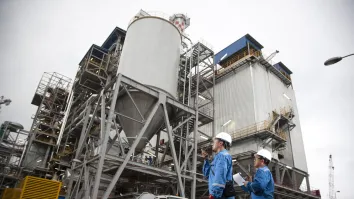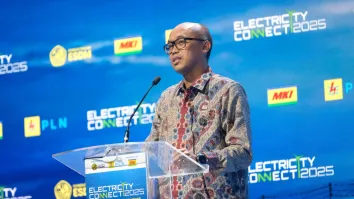
India’s storage-backed renewables to reach over 25 GW in three years
It will account for nearly a quarter of the additional RE over the said period.
The installed storage-backed renewable energy in India is projected to increase from almost nil to 25 gigawatts (GW) to 30 GW by 2028, according to Crisil Ratings.
In a statement, the company said this will be driven by the government’s push to make renewables more sustainable. Furthermore, the additional capacity will account for more than 20% of the total renewable energy capacity to be added over the three years.
Storage-backed renewable energy projects help address the intermittent nature of clean power generation. These supply power when required, supporting grid stability.
This pushes India to push for these kinds of projects in a bid to make renewables a sustainable part of the country’s power mix. The thrust is reflected in the high volume of these projects in recent tender auctions, forming around 25% or 11 GW of the total capacity awarded through tenders by central agencies in 2024.
Given the high energy requirements, these projects need to be 2.5 times of contracted capacity. This has resulted in a cumulative capacity pipeline of 34 GW, which are mostly in development or in a nascent stage of construction.
Crisil warned that this exposes the projects to risks, usually in the form of delay in securing offtake agreements, funding and execution.
“But we believe these risks to commissioning with material overruns would be low to moderate, with off-take and funding risks being low. Further, the proactive approach by developers, especially towards land and connectivity requirements, augurs well, limiting the construction risks,” it said.
In terms of funding, Crisil does not expect this to be a material challenge as the healthy cash-flow generation potential post commissioning and long-term revenue visibility through 25-year purchase agreements should spur lender interest.
Crisil also expects risks related to commissioning are low since the capacity additions will be supported by government efforts to ramp up the infrastructure.
“This increases the likelihood of completion of evacuation infrastructure in line with the expected project commissioning date and, thus, mitigates implementation risk for these projects to a large extent,” it said.

















 Advertise
Advertise








